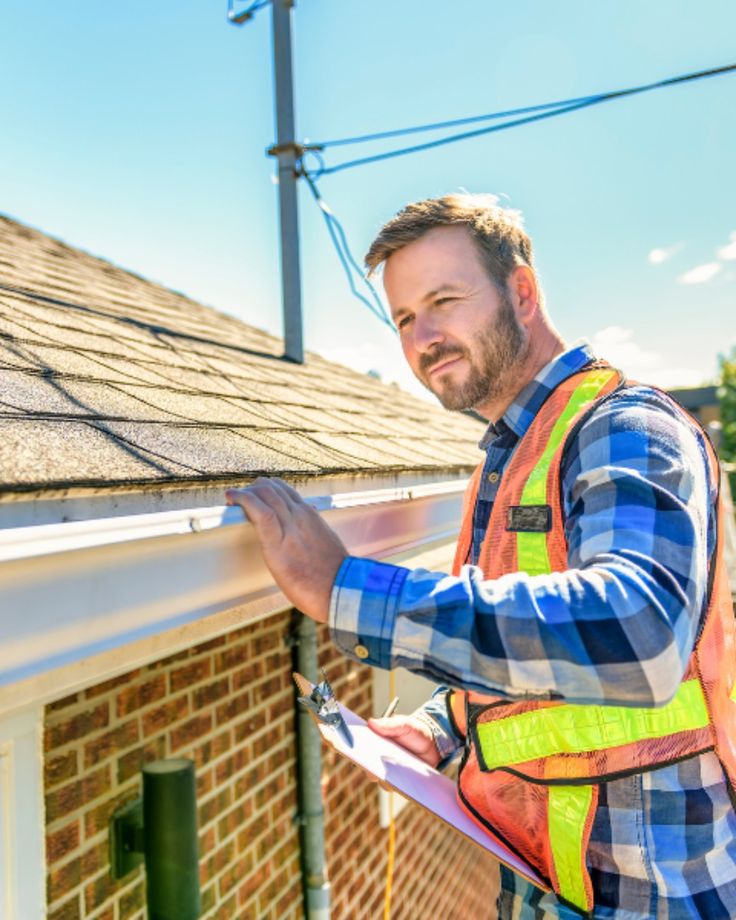As energy costs continue to rise and environmental concerns become more pressing, the UK government has introduced several initiatives to support households in improving energy efficiency. One of the most significant among these is the Government ECO4 Scheme, a program designed to help low-income families and vulnerable individuals upgrade their homes with energy-saving measures.
This comprehensive article explores the ECO4 Grant Scheme, what it covers, who qualifies, and why it plays a crucial role in the country’s transition to a greener, more energy-efficient future.
What Is the Government ECO4 Scheme?
The Government ECO4 Scheme, or Energy Company Obligation Phase 4, is the latest phase of the broader ECO initiative, which began in 2013. This phase is set to run from 2022 to 2026 and focuses heavily on reducing fuel poverty, lowering carbon emissions, and helping UK households become more energy efficient.
Under this scheme, major energy companies are legally required to fund the installation of energy-saving upgrades in qualifying homes. The ECO4 phase places a particular emphasis on whole-house improvements, encouraging deeper retrofits rather than simple, isolated fixes. It represents a more tailored and holistic approach compared to previous versions of the program.
How the ECO4 Grant Scheme Works
The ECO4 Grant Scheme operates by partnering with energy suppliers and certified installers to deliver energy-saving improvements at little or no cost to eligible households. The government sets targets for energy suppliers, who must then meet these obligations by funding approved home upgrades.
Instead of homeowners or tenants applying directly to the government, the process typically starts with an assessment from a registered provider. After confirming eligibility, the provider arranges for a home survey to determine which improvements will deliver the greatest energy efficiency gains.
These upgrades can include insulation, boiler replacements, heat pumps, smart heating controls, and even solar panels—depending on what the property needs most and what will deliver the best long-term benefits.
Who Qualifies for the ECO4 Grant Scheme?
One of the defining features of the ECO4 Grant Scheme is its focus on helping those who need it most. Eligibility is primarily based on household income, receipt of certain government benefits, and the current energy performance of the home.
The scheme targets households on low incomes or those classified as fuel-poor. Typically, those receiving qualifying benefits—such as Universal Credit, Income Support, or Pension Credit—are prioritised. However, ECO4 also includes a “flexible eligibility” route, allowing local authorities to identify households in need, even if they don’t receive benefits.
Properties with low Energy Performance Certificate (EPC) ratings—usually rated E, F, or G—are more likely to qualify for multiple measures under the scheme. These are the homes that stand to benefit the most from the upgrades and will make the largest contribution to energy savings nationwide.
The Shift from ECO3 to ECO4: What’s Changed?
The transition from the previous phase, ECO3, to the Government ECO4 Scheme brought several notable changes. One of the biggest shifts is the move toward whole-house retrofits. This means instead of just replacing a boiler or adding loft insulation, the scheme now encourages a full assessment and a package of measures designed to improve the home’s overall energy performance.
Another key difference is the elimination of the carbon scoring system used in ECO3. In ECO4, the focus is on improving EPC ratings and making long-term, meaningful changes. There is also a greater emphasis on solid wall insulation and renewable energy solutions, aligning with the UK’s broader net-zero goals.

Types of Improvements Covered by the ECO4 Grant Scheme
The range of upgrades available under the ECO4 Grant Scheme is extensive, depending on the individual needs of the property. One of the most common improvements is insulation—whether it’s for lofts, cavity walls, or solid walls. These measures significantly reduce heat loss and improve indoor comfort.
In cases where the existing heating system is outdated or inefficient, the scheme may fund a boiler replacement or even install an air source heat pump. These newer systems are much more energy-efficient and can drastically reduce heating bills over time.
Another important area of support includes solar panel installation, helping households generate their own electricity and reduce reliance on the grid. Smart heating controls may also be added to ensure the heating system works efficiently and can be easily managed by the occupants.
Why the ECO4 Grant Scheme Matters
The Government ECO4 Scheme plays a vital role in tackling two major challenges facing the UK today: fuel poverty and climate change. For many low-income families, heating their homes during the winter is a financial strain. By making energy-efficient upgrades accessible and free in many cases, the scheme reduces this burden and improves quality of life.
At the same time, the scheme supports the national goal of achieving net-zero carbon emissions by 2050. Homes account for a significant portion of the UK’s carbon footprint, and improving their energy performance is essential to meeting environmental targets.
Additionally, the scheme creates jobs in the green energy sector, from surveyors and installers to manufacturers and administrators. It is not just a welfare policy—it’s an investment in the country’s sustainable infrastructure.
How to Get Started with the ECO4 Grant Scheme
Getting started with the ECO4 Grant Scheme usually begins with a simple eligibility check. Homeowners and tenants can contact a certified ECO installer or provider who will assess their situation. If eligible, the next step involves a home survey to determine which energy-saving measures are suitable.
Once approved, the installation process is arranged and carried out by trained professionals. Most of the work is completed within a few days, depending on the complexity of the upgrades. Importantly, the work is done with minimal disruption and in compliance with all current safety and building regulations.
The best part is that in many cases, the entire process is funded by energy companies, meaning there are no out-of-pocket costs for the homeowner or tenant.
Common Misunderstandings About the Scheme
Despite its many benefits, the ECO4 Grant Scheme is often misunderstood. Some assume it’s only available to homeowners, when in fact private tenants may also qualify—with the landlord’s permission. Others believe it’s only for certain types of properties, but the scheme is designed to be flexible and inclusive, adapting to a range of housing types across the UK.
There’s also a misconception that the application process is long or complicated. In reality, trusted installers handle most of the paperwork and assessments, making it easier for applicants to navigate.
Final Thoughts on the ECO4 Grant Scheme
The Government ECO4 Scheme represents a major step forward in the UK’s efforts to combat fuel poverty, reduce energy consumption, and meet ambitious climate goals. For households struggling with high energy bills or living in cold, inefficient homes, the scheme offers a practical and powerful solution.
By funding comprehensive energy upgrades—from insulation and new heating systems to renewable energy sources—the ECO4 Grant Scheme is not only improving lives today but also paving the way for a more sustainable tomorrow.
If you think you might be eligible, it’s worth exploring the program further. With expert support and government backing, making your home greener and more affordable has never been more achievable.

